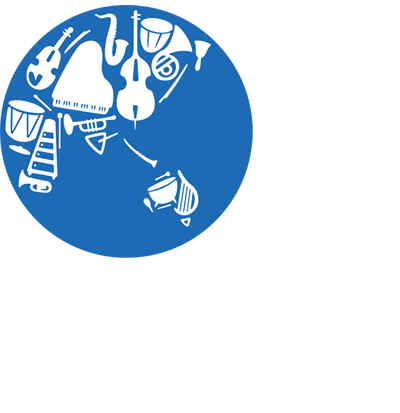Neptune, the Mystic is virtually devoid of melody and rhythm. The structure of this piece is through composed, which means no section returns later in the piece.
A bare phrase, like a refrigerated mutation of Uranus's motive, is merely a frame supporting ethereal harmony and icily glistening colours. In this sterilised atmosphere you imagine voices. Then, in the emerging second part, you gradually become aware that there are voices. But, what voices! A chilling, remote siren-song dissipates the orchestral texture until only that eternal chorus remains, beckoning as it recedes into the infinite unknown.
This movement is, if any music can be, the disembodied spirit of sound. Themes are practically non-existent; in their place are fragments of melody and harmony, all manipulated at the very lowest dynamic level and in the most attenuated orchestral sonorities, almost imperceptibly a double chorus of women's voices enters on a high G, sustained through a dozen bars. The singing continues, without words, embedded in a diaphanous veil of orchestral sound. Even this dies away, and the voices are left alone to intone a cadence over and over again with ever diminishing tone, until it is consumed in silence.
Holst intended the voices to be placed off stage in an adjoining room, the door of which was to be left open until the very last bar when the instruments stop and only the voices are heard repeating the final two chords over and over while the door is slowly closed.
The Planets
Quick Links
How you can join in on the night

